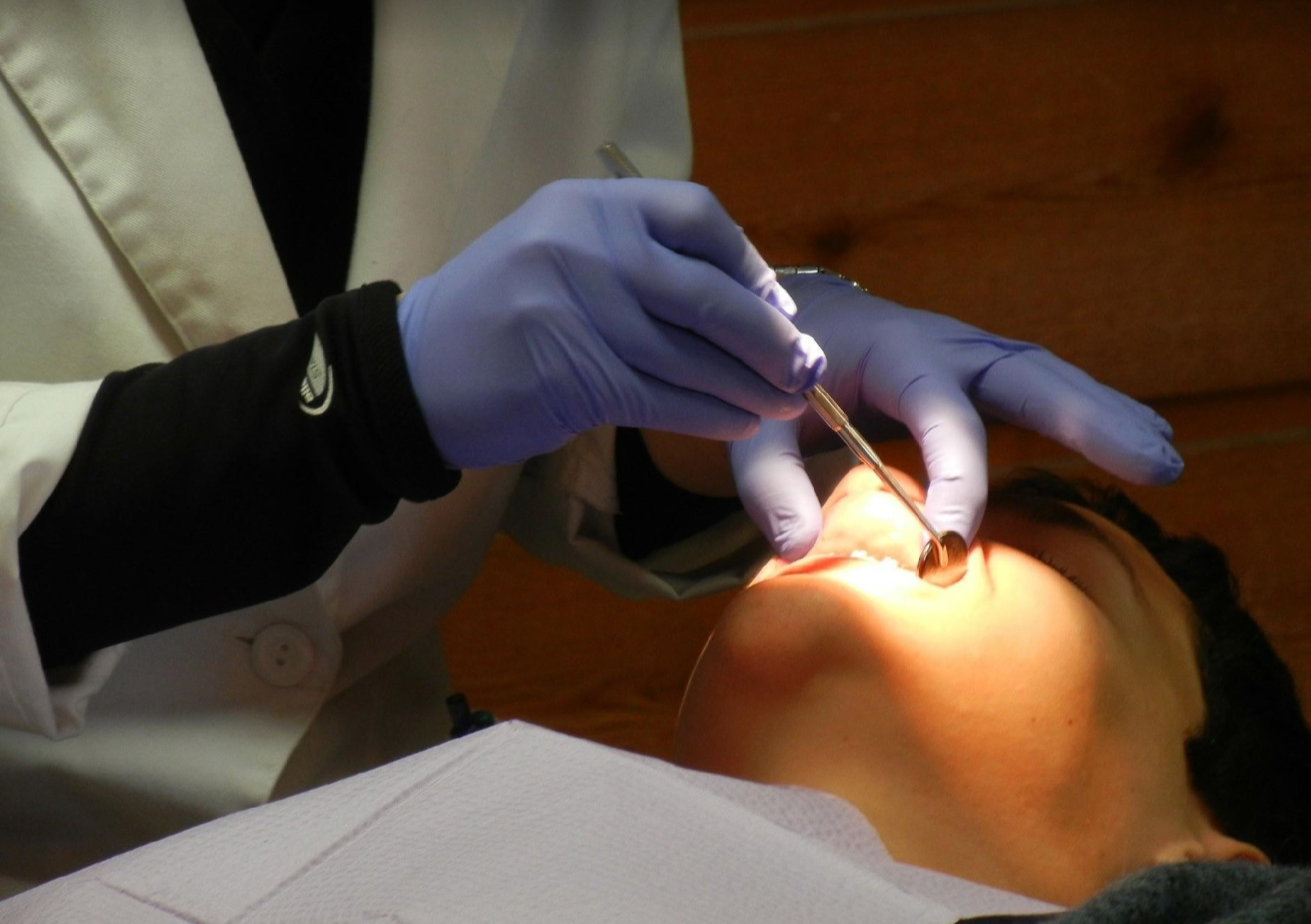In dental practices and surgery laboratories, as in all clinical environments, the surfaces of medical devices and objects can become a breeding ground for micro-organisms and therefore constitute a means of transmission of pathologies. For this reason, disinfection (in other words, the use of physical or chemical instruments to destroy, remove or neutralise pathogens) is of vital importance.
The transfer of these micro-organisms from a contaminated surface to a patient and vice versa can take place through direct contact by the patient with a contaminated object, or indirectly through contaminated gloves of surgery operatives.
Safeguarding the health of people in dental practices or surgery laboratories, whether patients or medical staff, is indispensable to undertake any dental treatment in full compliance with basic hygiene standards. To guarantee this, it is vital that the surgery staff implement and perform on a daily basis the correct procedures and the right disinfection and sterilisation protocols, using dedicated products for dental surgery instruments disinfection.
Just like the transfer of micro-organisms, the surfaces within the clinical environment are also classified according to the type of contact with the patient, according to two methods. Clinical contact surfaces, namely all the medical instruments which may come into direct contact with the patient during dental treatment. On the other hand, non-clinical surfaces include floors, washbasins, walls, and so on.
Every surface must be treated with proper caution and using appropriate products, in order to observe the highest safety and clinical quality standards.
To prevent contamination through aerosols or direct contact, clinical surfaces should always be covered with protective film. Once the dental treatment is complete, this protective film must be removed and replaced with a new film, after the surfaces have undergone purpose-provided disinfection procedures.
Surface disinfectants, to guarantee superior efficiency standards, must accommodate a series of fundamental requirements: they must have a bactericidal, fungicidal, tuberculocidal and virucidal effect. In addition to being compatible with the surface with which it comes into contact, it is vital for the disinfectant to have been tested in accordance with the latest European Community regulations. Ease of use, contact time (which should be limited, to guarantee the effectiveness of the product) and good shelf life are factors which make the difference between a good disinfectant and a “normal” one.
The products used for surface disinfection are sprays, foams and wipes soaked in disinfectant: the latter are extremely convenient and ready for immediate use, whereas a spray requires paper towels for application. Sprays which contain alcohol should not be sprayed directly onto the surface but onto a paper towel, in order to test its compatibility with the surface to be disinfected first, applying it on a small portion. On the contrary, alcohol-free sprays have no usage limitations and are not unsafe for the user.
Among the products dedicated to disinfection developed by Zhermack, an historic brand that offers latest-generation dentistry and orthodontics solutions and which is considered an international benchmark in the field today, there are two alcohol products (specifically, one spray and wet wipes) which are especially recommended for surfaces resistant to the action of the disinfectant solvent. To treat more delicate surfaces, there is a dedicated foam spray or wipes with an ultra-low alcohol content.

